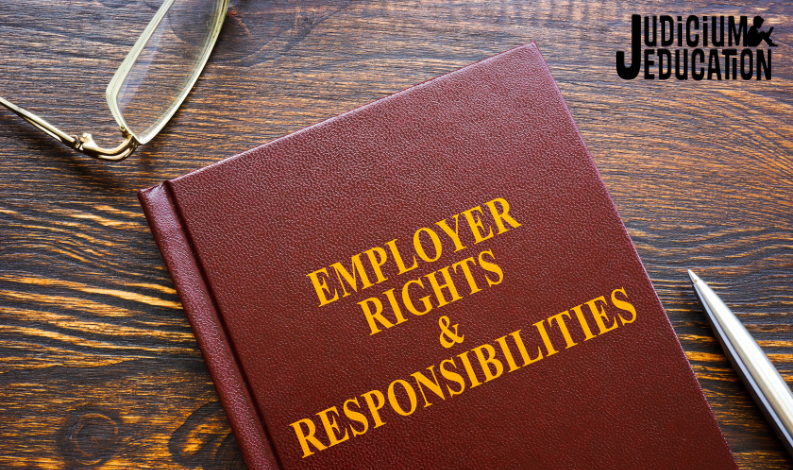(20)(1)_1000.png)
COVID-19 Protective Measures in Education
As per Government guidance for education, preventing the spread of coronavirus (COVID-19) involves dealing with direct transmission e.g. when in close contact with those sneezing and coughing and indirect transmission e.g. touching contaminated surfaces.
Through your risk assessment, you will have implemented controls to minimise the risk of both by ensuring, as far as possible, that unwell staff and students do not come to school and if they become unwell in school, suitable isolation controls are in place, ensuring those in school wash hands frequently, promoting the ‘catch it, bin it, kill it’ approach, implementing suitable cleaning regimes, social distancing and altering classrooms, staggering breaks etc.
Personal Protective Equipment
Personal Protective Equipment is required in some circumstances in schools. The government guidance is as follows:
Wearing a face covering or facemask in schools or other education settings is not recommended, therefore, educational settings should not require staff or students to wear face coverings apart from in very special circumstances, as detailed below:
- Where care routinely already involves the use of PPE due to their intimate care needs should continue to receive their care in the same way
- Where anyone in your setting becomes unwell with symptoms of coronavirus and needs direct personal care until they can return home, PPE should be worn if a distance of 2 metres cannot be maintained. Where contact is necessary e.g. in a first aid or isolation room, then gloves, an apron and a facemask should be worn. If your risk assessment determines that there is a risk of splashing to the eyes, for example from coughing, spitting, or vomiting, then eye protection should also be worn
- It is important that employees know how to do this correctly. This includes suitable ‘donning and doffing’. Please see the link for information posters and guidance HERE.
Hand Washing or Use of Hand Sanitiser
Good hand hygiene is recognised as a control in helping to spread infection including COVID-19 and is considered to be best practice. Hand washing should be the first option to consider and a cost effective practical solution is the installation of portable hand wash stations. Everyone should wash their hands frequently with soap and water for 20 seconds and dry thoroughly.
Where you can demonstrate that hand washing stations are not feasible, you should give consideration to the use hand sanitisers. Alcohol based sanitisers work in a similar way to hand washing, inactivating the virus by breaking down the lipid layer. However, they also introduce additional risks from conditions such as dermatitis because of the recommended high alcohol content.
It is also important to note that occupational dermatitis is a reportable disease under RIDDOR when associated with work-related exposure to any chemical, biological irritant or sensitising agent. The high alcohol content hand sanitisers fall within this category. Dermatitis can vary from quite mild to debilitating, including dryness, irritation, itching and even cracking and bleeding. This array of symptoms is referred to as irritant contact dermatitis. Furthermore, damaged skin increases vulnerability to infection, so hand sanitisers are best used in moderation and only when handwashing is not an option. The second type of skin reaction, allergic contact dermatitis, is rare and represents an allergy to some ingredients. You need to consider who is using sanitiser and identify those with pre-existing conditions such as eczema or those already identified with allergies.
If you must use hand sanitiser, the World Health Organisation (WHO) advises that there are three primary strategies for minimising hand hygiene-related irritant contact dermatitis:
- Selecting less irritating hand hygiene products
- Avoiding certain practices that increase the risk of skin irritation
- Using moisturising skin care products following hand cleansing
Control of Substances Hazardous to Health (COSHH) and Fire risk
In conjunction with product safety data sheets, a COSHH assessment should be completed which demonstrates the following:
- The sanisiter is the safest option to use
- Suitable storage arrangements are in place in relation to flammable substances, volumes, accessibility etc.
- Recognised controls are in place taking into account who is using the product and how
- Ensuring safety information is communicated and usage is managed e.g. risks of use of high alcohol content sanitisers must be considered as it is a flammable product and if exposed to naked flames before dry, there is a risk of burning e.g. using Bunsen Burners in science, catering and food technology function, D&T and any other environment where there is exposure to naked flames.
Please contact your Judicium Consultant for further information or additional support.
Related content
.png)
This blog is based on Judicium’s SEND ‘Sofa Session’ from the 20th of November, with our resident expert Rik Chilvers.
.png)
This summary is based on Judicium’s Employment Law ‘Sofa Session’ from the 13th of November, with our resident experts Jenny Salero, Kelly Rayner and Suzanne Ravenhall

This blog is based on Judicium’s Health and Safety ‘Sofa Session’ from the 6th of November, with our resident expert Isthar Pearce.

Effective from 26 October 2024, schools, Multi-Academy Trusts (MATs), and all employers in the UK will be legally required to take proactive steps to prevent sexual harassment in the workplace.
.png)
This blog is based on Judicium’s Health and Safety ‘Sofa Session’ from the 23rd of October, with our resident expert Andy Camroux.

This blog is based on Judicium’s Health and Safety ‘Sofa Session’ from the 16th of October, with our resident expert Rachel Kitchen.


Sofa Sessions | SEND